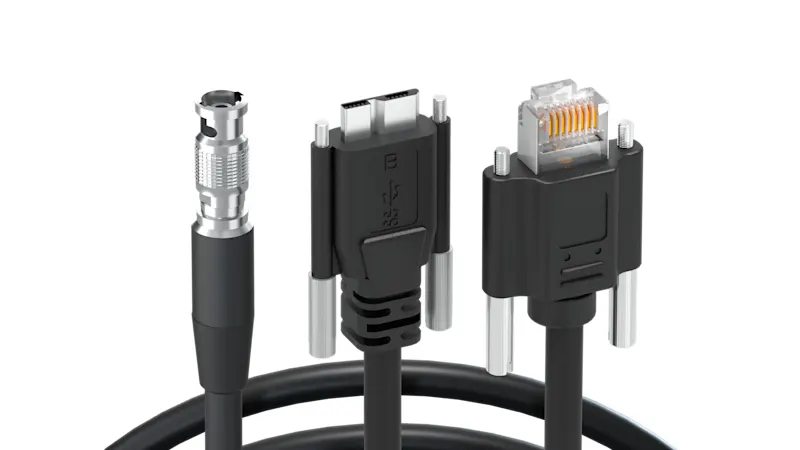What Does Signal-to-Noise Ratio Mean?
The signal-to-noise ratio (SNR) of a camera describes the ratio between the light signal and the image noise. A higher SNR means a clearer image with less noise, which leads to better image quality.
The signal-to-noise ratio
The perfect camera sensor would convert a known amount of light into a precisely predictable output voltage. Unfortunately, this perfect sensor does not exist in reality. Due to temperature conditions, electronic interference or similar, sensors do not convert light with 100% accuracy. Sometimes the output voltage is slightly higher than expected and sometimes slightly lower. The difference between the expected ideal signal and the signal actually received is referred to as noise. The ratio between signal and noise is referred to as the signal-to-noise ratio (SNR).
The signal-to-noise ratio is usually specified as a factor, for example: 20:1, 30:1, etc. Alternatively, the signal-to-noise ratio can also be expressed in decibels (dB). The formula for calculating the signal-to-noise ratio in dB is: SNR = 20 x log (signal/noise).

How can I improve the SNR?
Once noise has become part of a signal, it can no longer be filtered or reduced. It is therefore advisable to take precautions to reduce the generation of noise, such as:
Use high-quality sensors and electronic devices in your camera
Use a good electronic architecture in the development of your camera
Lower the temperature of the sensor and other analog devices in your camera
Shield against interfering environmental conditions that affect the signal (e.g. by using shielded cables)
Camera users often increase the gain setting of their camera thinking that they are improving the signal-to-noise ratio. Since increasing the gain increases both the signal and the noise, the signal-to-noise ratio does not change significantly when the gain is increased. Gain is not an effective means of increasing the information content of the signal. Gain only changes the contrast of an existing image.
Our products for a trouble-free system
Learn more about our quality assurance, features for optimum image quality, and our tested products.


